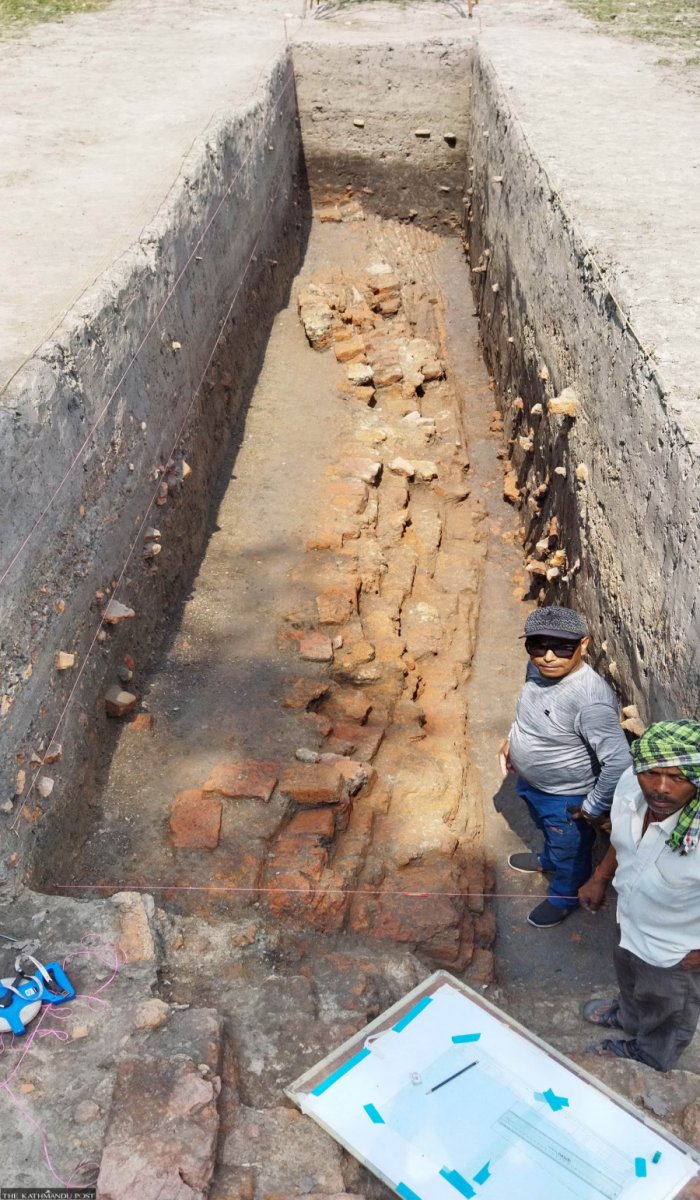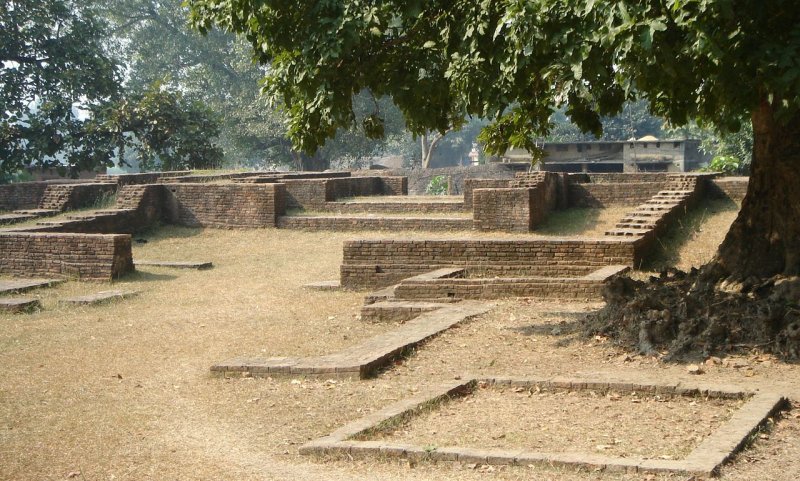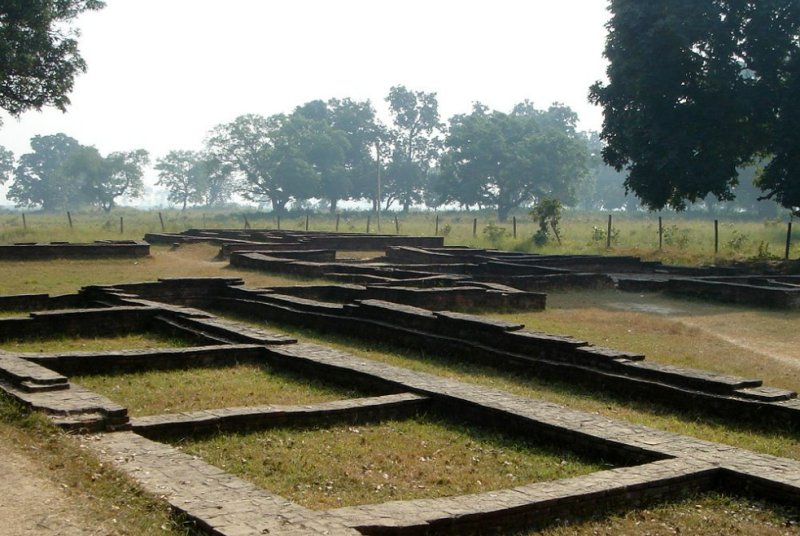Conny Waters – AncientPages.com – Archaeological excavation is still going on at Tilaurakot, Kapilvastu of southern Nepal.
According to archaeologists involved in the excavation, the recent discovery of ruins of a wall dating to the Mauryan Empire has archaeological significance. Maurya era bricks measuring 47 cm long, 26 to 28 cm wide and 7 cm thick were used to construct this wall.

The remains of the wall dated to Mauryan Empire – era. Image credit: The Kathmandu Post
Tilaurakot site – an ancient Shakya capital city where Siddhartha Gautam spent his princely life before he became the Buddha – has both historical and archaeological importance.
Some archaeologists have identified it as the location for the historical and long-searched site of Kapilavastu.
“The wall with nine-ten layers of bricks has been recovered in the middle of Tilaurakot. Additional information will certainly be discovered when it is unearthed to the natural soil level,” said Himal Uprety, archaeological officer of Lumbini Development Trust, as cited by The Kathmandu Post.
Archaeologists from the Department of Archaeology and Lumbini Development Trust started excavating and exploring Tilaurakot and surrounding areas in 2012.

The relic is said to be the foundation of the western gate of the Kapilavat king. Image credit: BPG – CC BY-SA 2.5
Tilaurakot was discovered in 1899 and now, archeologists believe that it was the civic center from 9th century BC to 3rd Century AD. Excavations in the area revealed the ruins of palaces, temples, monuments, sculptures, ponds, roads, and more.
Some believe that the place was the capital of Shakya Kingdom and home town of Buddha.
A geophysical survey of the Tilaurakot premises conducted in 2014 showed a 30m long, 30m wide structure in the sunken land and a wall around it. The geophysical survey revealed an empty space in the middle which is believed to be a pond. The fresh excavation found the walls encircling the pond, reports the newspaper.
The 2016/17 excavations uncovered the south-west and the south-east corners of the pond. The fresh finding of the wall ruins has been linked to those two corners, according to archeologists involved in the excavation.

Remains of some structures (houses or the Royal Palace?) in Tilaurakot, the site of the city of Kapilavastu (also: Kapilavatthu) in Nepal (close to Lumbini). Gautama Buddha grew up in this city. Image credit: BPG – CC BY-SA 2.5
A one metre wide, one-and-a-half metres deep and 24 metres long trench was dug during the excavation. Some earthen pots, copper coins and statues of animals were found during the excavation, supported by modern technology. Various structures and goods from around 2,400 years ago, were carbon dated and recovered at different times during the excavations.
Bhaskar Gyawali, an officer at the Department of Archaeology said that “such findings justify the historical evidence of Tilaurakot.”
The recent excavations, according to archaeologists, have been very crucial as they are helpful in the process of enlisting Tilaurakot in UNESCO’s world heritage list.
The government plans to include Tilaurakot in the world heritage list.
Written by Conny Waters – AncientPages.com Staff Writer





